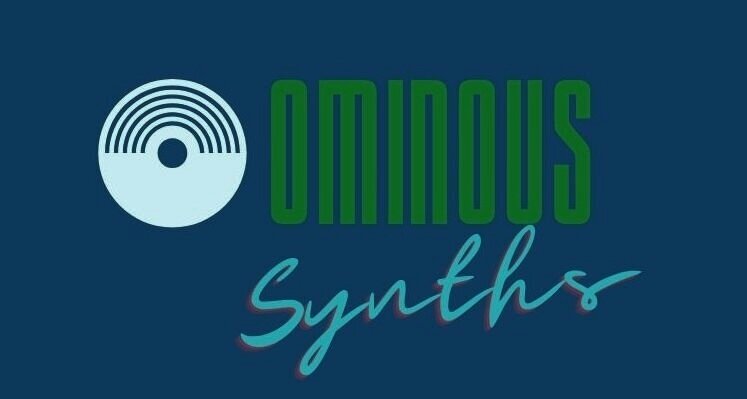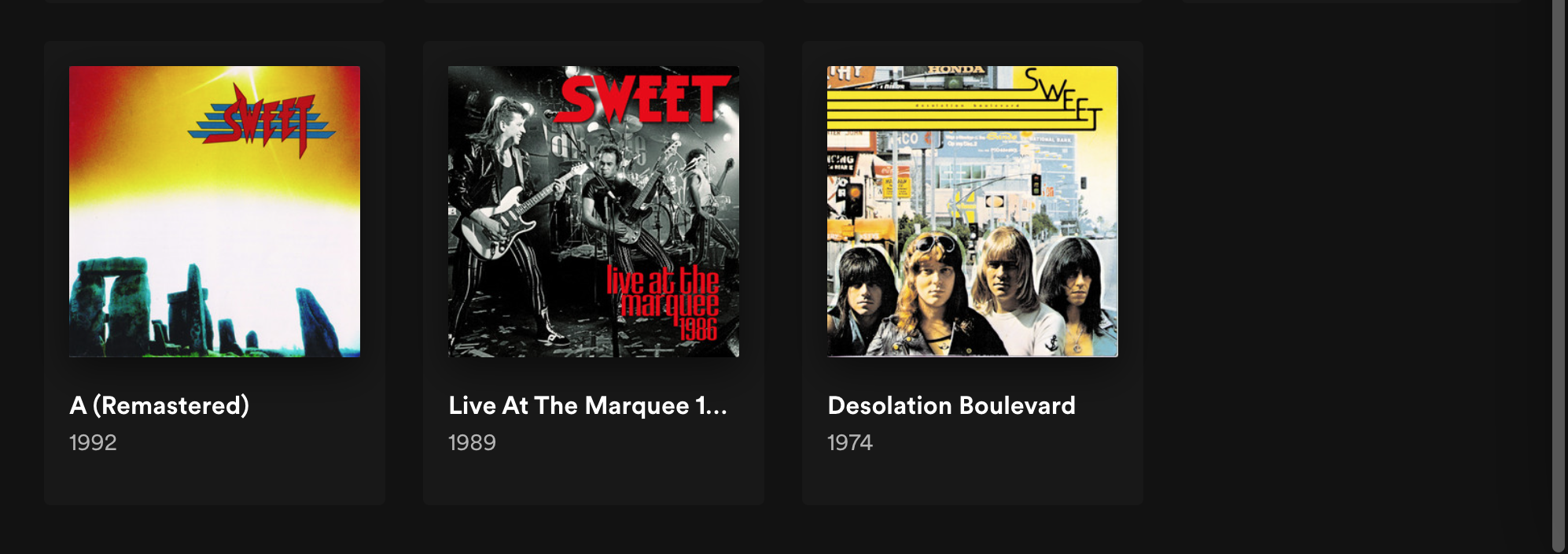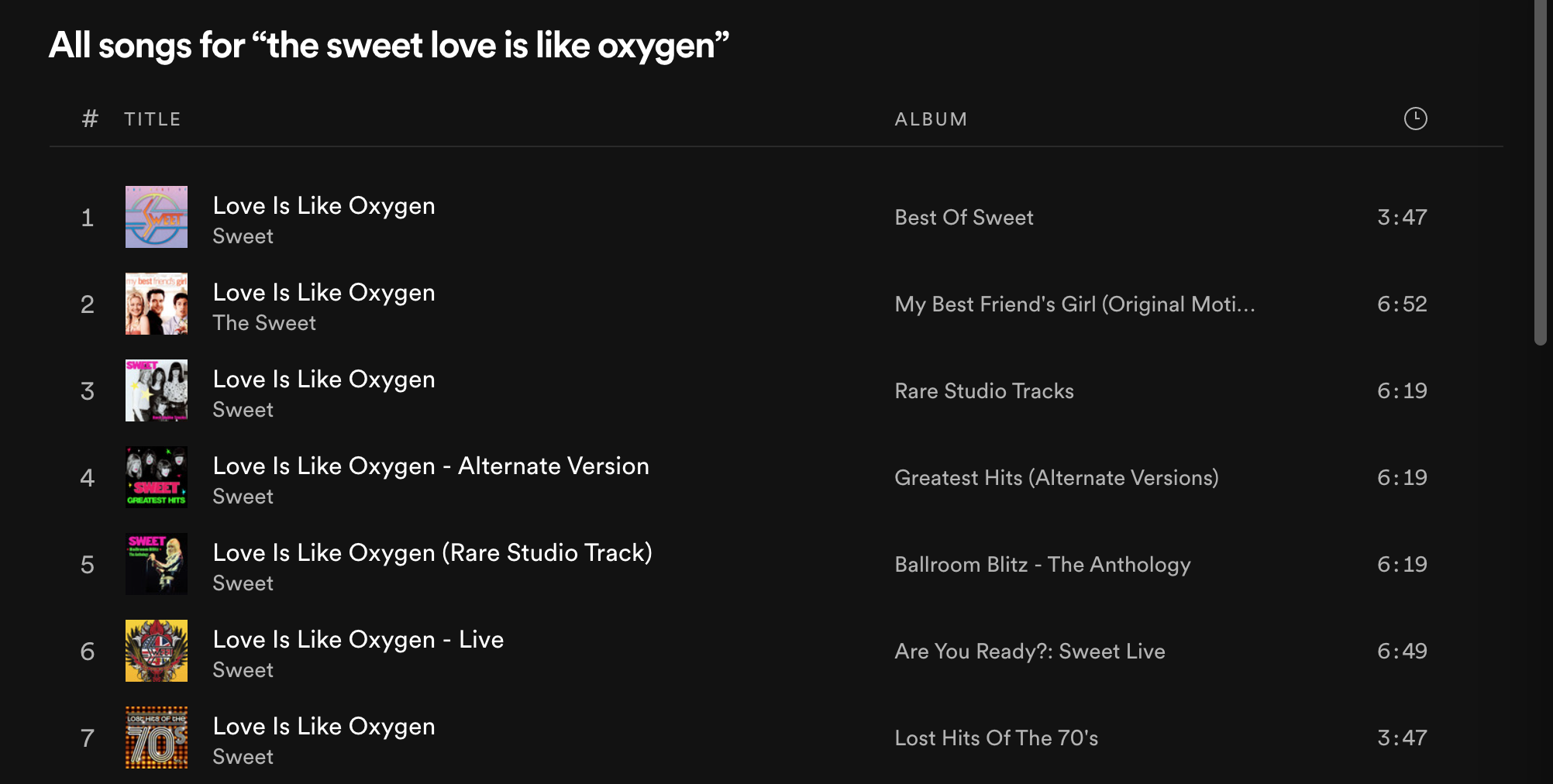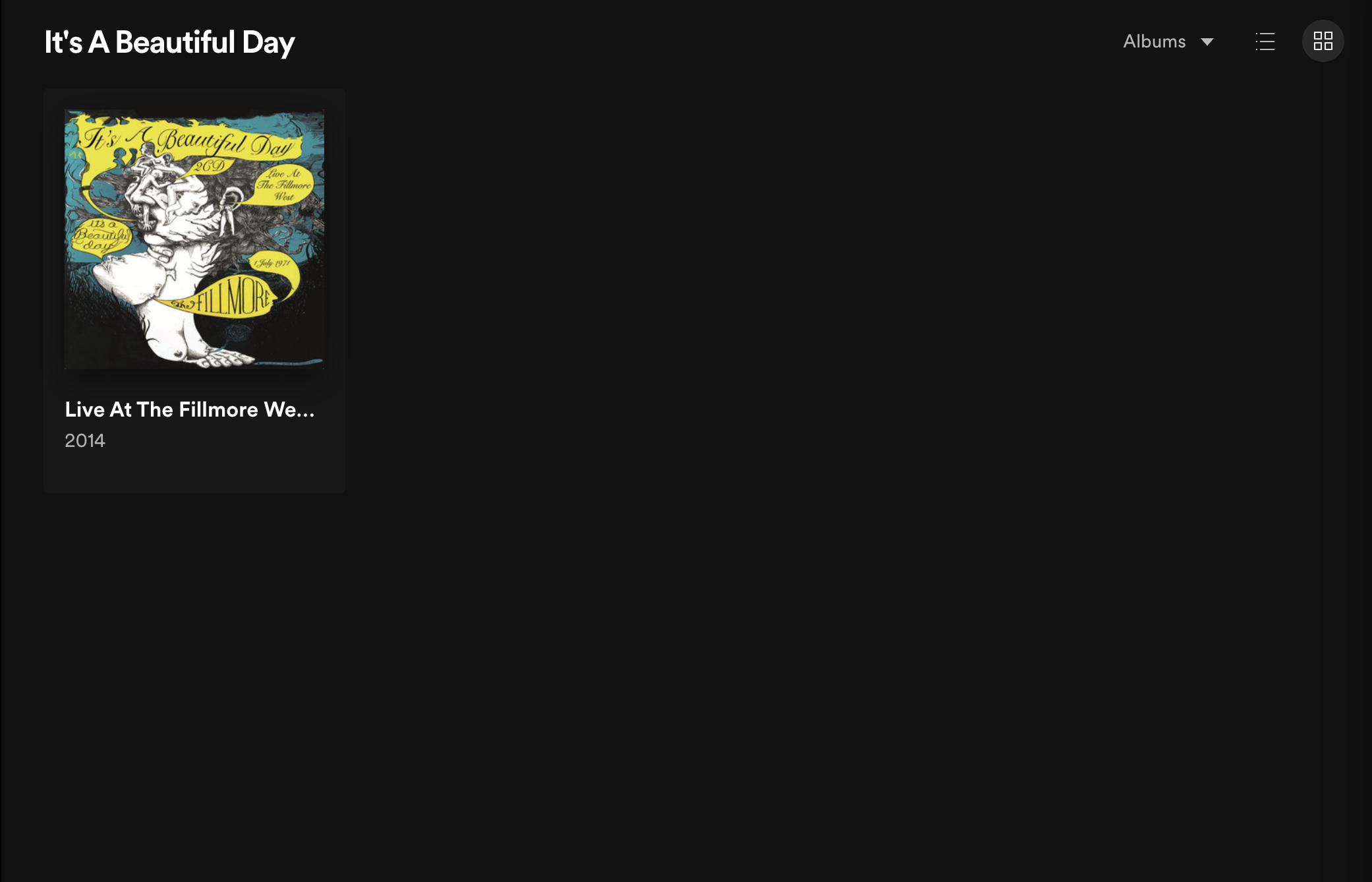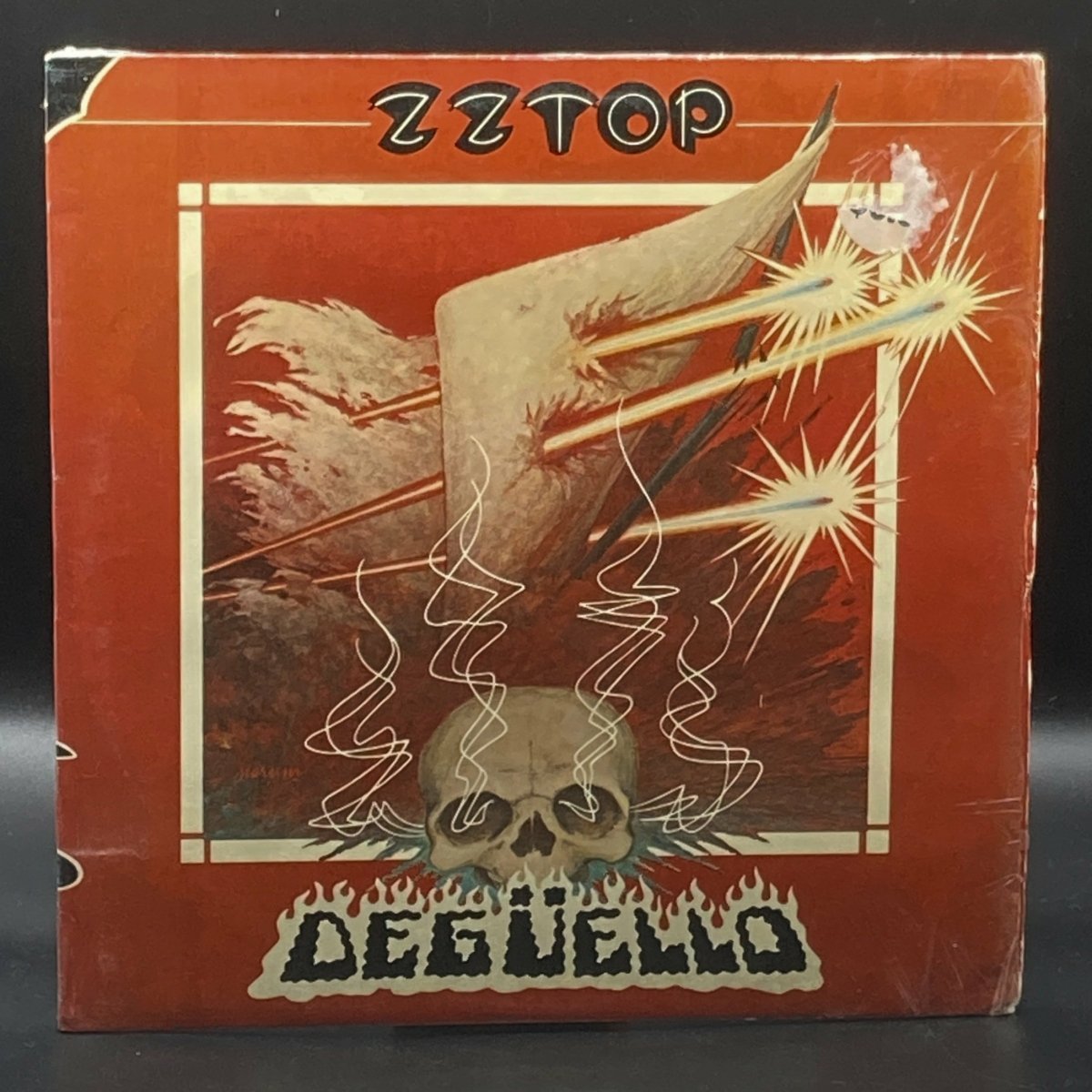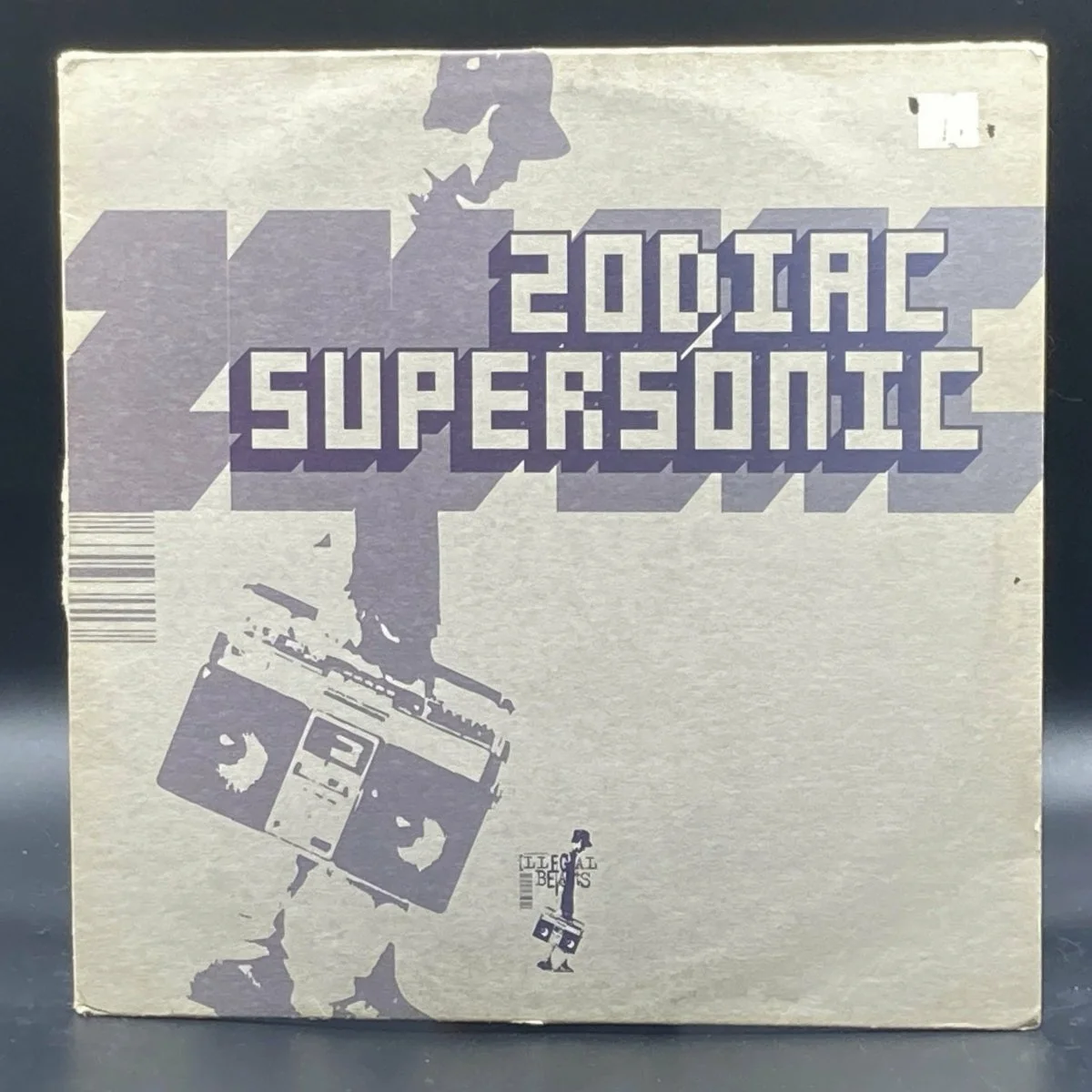Streaming’s Quiet Music Extinction
In the digital age, streaming music has become king. But what does this mean for the legacy of artists and albums not found in the back catalog of giants like Spotify and Apple Music?
In my Spotify account, where I can live my childhood dream and churn out playlists and mixes by the dozens, there is one odd one simply titled “He’s Here!”. And this playlist consists of exactly one artist: Peter Gabriel. For years, Peter Gabriel was a notable holdout on adding his discography to streaming catalogs, causing fans like me to cobble together disjointed playlists from CDs, vinyl, and YouTube. Dutifully digitizing them, they would then be preserved in their own special area on my phone and computer, isolated from anything else I could combine them with. If I wanted to listen to Don’t Give Up by Peter and featuring the always-talented Kate Bush, I would have to make a specific effort to do so, never mind playing it at a gathering or outing for friends. So when he finally appeared in my Spotify recommendations, it was like a sigh of relief.
But what of the artists and albums that still aren’t around at the click of a button? Some are missing by the artist’s choice. Some face painful licensing snafus from record labels. Others still are just plain forgotten, or determined by the labels to not be profitable enough to be worth digging up. What they are experiencing now is a slow erasure from memory, that is equal parts fascinating and upsetting to witness.
Sweet’s current studio discography on Spotify from their main active years; notably missing several key albums documenting their evolution as a band.
Take the band Sweet (or The Sweet, depending on your preferred band lineup). A glam-rock powerhouse quartet at their start, this group is not some one-hit wonder. The lone album from their hey-day that you can stream on Spotify is proof enough of that, with amazing tracks like Ballroom Blitz and Fox on the Run (“oh yeah, that band!”). This is one of their best releases, and you can see from it why some argue that Queen took several vocal cues from them.
But according to Spotify (I mainly refer to Spotify in this article, but all of the major streaming sites’ catalogs — Spotify, Apple Music, Google Play/YouTube Music, etc. — actually draw from the same core database with their main differentiators being access to new releases), that is all that there is to their history. Spotify, is of course wrong. Sweet released a whole score of albums throughout the 70s and well into the 80s, undergoing an evolution from pure Glam Rock to a more Art Rock akin to their peers Electric Light Orchestra, finally settling in as a trio upon the departure of their lead singer and exploring some great Prog influences. The most noticeable missing album is their great release, Level Headed. The lead single, the electronically-slanted Love is Like Oxygen that made me fall in love with the band in the first place in middle school, is there, but only by seemingly sheer luck. You can find it on their compilation albums and various movie soundtracks that have lifted it over time. But the rest of the tracks on an album that was both very well-reviewed and well-received in its time, are nowhere to be seen.
The fact a song that broke the top 10 by a well-known band is relegated to albums like “Rare Studio Tracks” and “Lost Hits of the 70’s” should be cause for concern.
That’s to say nothing about bands who were obscure even in their own time. Spotify is overflowing with hidden gems of talented bands who missed the mark of the full spotlight, like Joe and Eddie, Juluka, and The Beau Brummels. But what is the criteria for determining the presence of say, the psychedelic rock band Quicksilver Messenger Service over their contemporaries, It’s A Beautiful Day? And is this a contributing factor as to why one of these is a more familiar name than the other today?
If you haven’t ever heard it, I highly recommending looking up the song White Bird on YouTube.
None of this is likely some vast conspiracy. In fact, it probably all comes down to a few very boring factors: record company licensing costs; artist agreements; money; value in searching for this music. But the real question is, should we trust that these companies know best which music to select for us to be able to listen to? Or is there value in venturing out into the unknown, and picking up copies of things they have deemed not worth their time?
Were/Are Peter Gabriel, and Level Headed, and It’s a Beautiful Day better off forgotten?
Below is a gallery with a selection of albums we have at Ominous Synths that can not be found on Spotify. We are currently in the middle of a project to scour the depths of the internet and curate digital playlists of these albums, so they can be discovered again.
